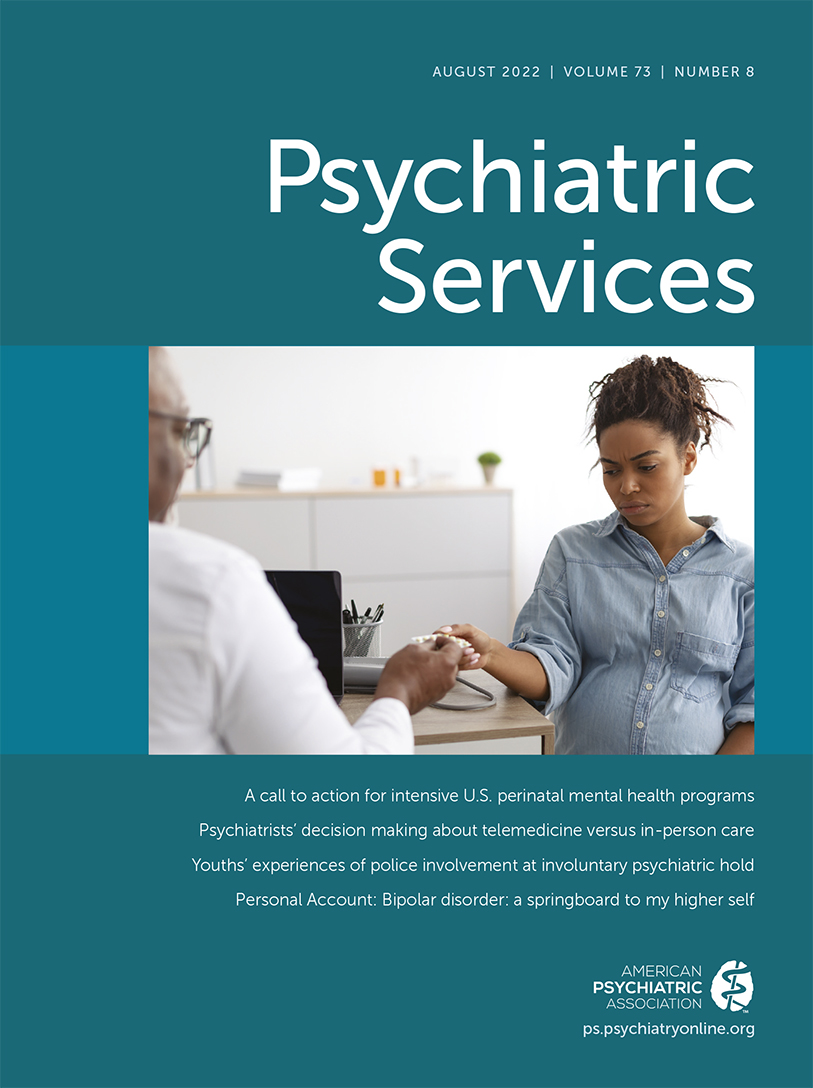Linking Primary Care Patients to Mental Health Care via Behavioral Health Social Workers: A Stepped-Wedge Study
Abstract
Objective:
Demand for systematic linkage of patients to behavioral health care has increased because of the widespread implementation of depression screening. This study assessed the impact of deploying behavioral health social workers (BHSWs) in primary care on behavioral health visits for depression or anxiety.
Methods:
This quasi-experimental, stepped-wedge study included adults with a primary care visit between 2016 and 2019 at Cleveland Clinic, a large integrated health system. BHSWs were deployed in 40 practices between 2017 and 2019. Patients were allocated to a control group (diagnosed before BHSW deployment) and an intervention group (diagnosed after deployment). Data were collected on behavioral health visits (i.e., to therapists and psychiatrists) within 30 days of the diagnosis. Multilevel logistic regression models identified associations between BHSW deployment period and behavioral health visit, adjusted for demographic variables and clustering within each group.
Results:
Of 68,659 persons with a diagnosis, 21% had a depression diagnosis, 49% an anxiety diagnosis, and 31% both diagnoses. In the period after BHSW deployment, the proportion of patients with depression who had a behavioral health visit increased by 10 percentage points, of patients with anxiety by 9 percentage points, and of patients with both disorders by 11 percentage points. The adjusted odds of having a behavioral health visit was higher in the postdeployment period for patients with depression (adjusted odds ratio [AOR]=4.35, 95% confidence interval [CI]=3.50–5.41), anxiety (AOR=4.27, 95% CI=3.57–5.11), and both (AOR= 3.26, 95% CI=2.77–3.84).
Conclusions:
Integration of BHSWs in primary care was associated with increased behavioral health visits.



